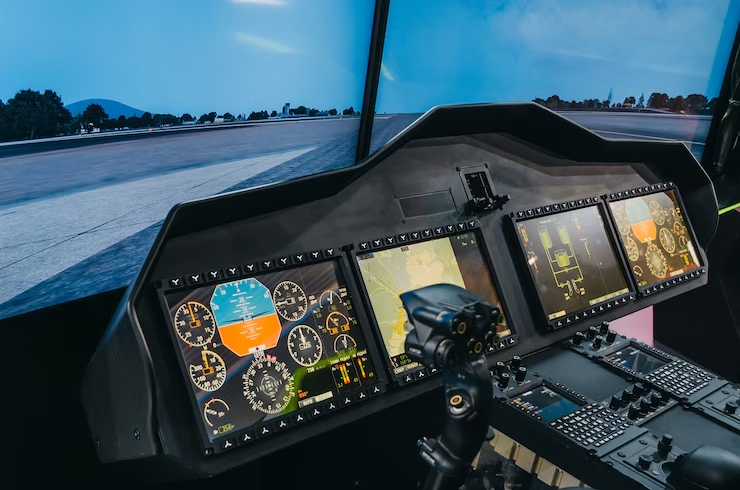Cockpit display systems are critical components in modern aircraft, providing pilots with essential flight data, navigation information, and system status at a glance. The reliability and clarity of these displays directly impact flight safety and operational efficiency. To achieve seamless integration and ensure consistent performance across various platforms, adherence to industry standards is essential. ARINC 746 is one such standard that plays a vital role in the development and implementation of advanced cockpit display systems. This blog explores the real-world application of ARINC 746, highlighting its significance and impact in aviation.
Understanding ARINC 746
ARINC 746 is a comprehensive standard designed to facilitate the integration of smart display systems in avionics. It defines interface protocols and data management requirements to ensure that display hardware and software can work together effectively and reliably. The standard addresses the needs of next-generation cockpit displays by supporting high-resolution graphics, dynamic content updates, and real-time data exchange. By standardizing these elements, ARINC 746 enables manufacturers and system integrators to develop display solutions that are interoperable, scalable, and adaptable to diverse mission requirements.

Case Studies of ARINC 746 Implementation
In commercial aviation, ARINC 746 has been successfully implemented in cockpit display systems of several modern aircraft models. These implementations have resulted in improved graphical clarity and more intuitive user interfaces, enhancing pilot situational awareness and reducing workload. Airlines have reported smoother integration processes between avionics suppliers and aircraft manufacturers, thanks to the standardized data exchange protocols.
Military aircraft programs have also leveraged ARINC 746 to meet stringent tactical and operational requirements. The standard supports the development of ruggedized, mission-specific display systems that offer real-time updates and high reliability under extreme conditions. Enhanced system interoperability has enabled faster integration cycles and better maintainability across diverse fleets.
Unmanned aerial vehicles and drone platforms benefit from ARINC 746 by utilizing its capabilities to manage complex data streams remotely. The standard ensures that operators receive accurate and timely information through compact and efficient display interfaces, which is critical for safe and effective remote piloting.

Benefits Realized in Real-World Deployments
Real-world deployments of ARINC 746-compliant cockpit displays have demonstrated several key benefits. One of the most significant advantages is improved interoperability between different avionics systems and components, which reduces integration complexity and potential errors. Pilots benefit from enhanced situational awareness, as displays provide synchronized and comprehensive views of critical flight data. The use of standardized protocols has also shortened development timelines and lowered costs by eliminating the need for custom interface solutions. Additionally, the robustness and reliability of display systems have increased, contributing to overall aircraft safety and mission success.

Conclusion
The adoption of ARINC 746 in cockpit display systems marks an important advancement in avionics technology. By providing a standardized framework for display integration, it supports the creation of high-performance, reliable, and user-friendly interfaces that meet the evolving demands of aviation. Real-world implementations in commercial, military, and unmanned aircraft demonstrate the practical benefits of the standard, from improved interoperability to enhanced pilot experience. As the aviation industry continues to innovate, ARINC 746 will remain a cornerstone for developing the next generation of cockpit displays that prioritize safety, efficiency, and adaptability.






